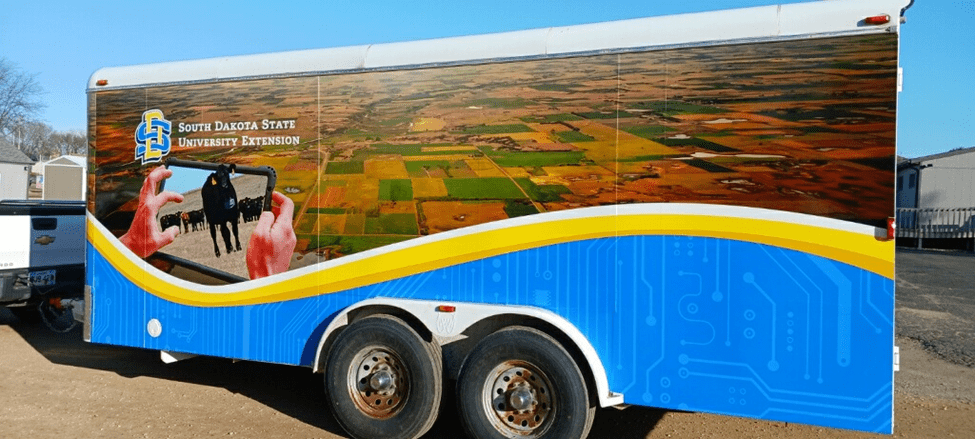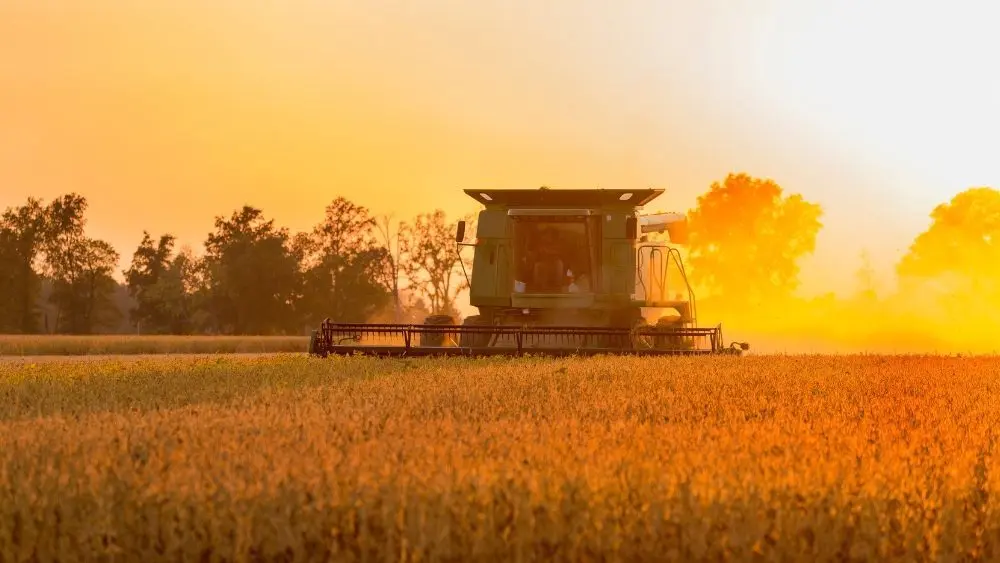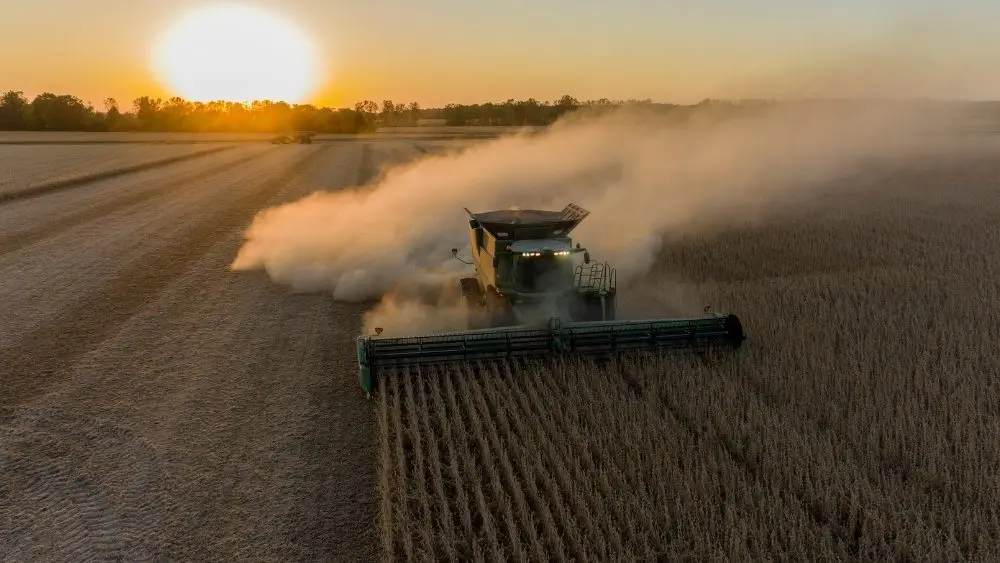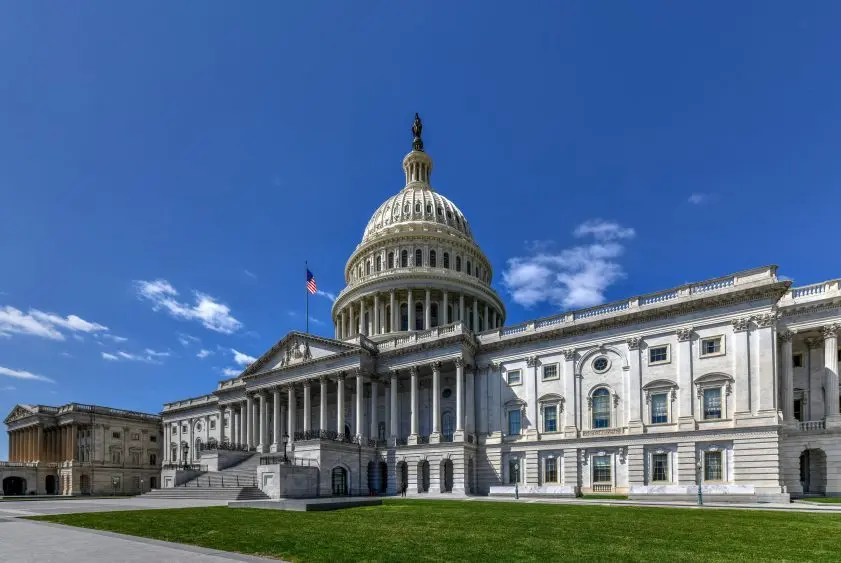| Precision agriculture practices are growing as technology continues to evolve, and South Dakota State University Extension is leading the state’s efforts to monitor and understand the role it plays.
Ali Nafchi, SDSU Assistant Professor and SDSU Extension Precision Agriculture Specialist, heads SDSU Extension’s crop-focused precision agriculture research and programming, and Logan Vandermark, SDSU Extension Precision Livestock Field Specialist, is focused on livestock.
According to United States Department of Agriculture, precision agriculture is defined as practices that “utilize technology to improve agricultural productivity or efficiency by connecting the practice to a digital environment for crop or livestock production.”
Based on the 2022 Agricultural Census, 6,687 out of 28,299 farms, or 23.6% of farms in South Dakota used precision agriculture practices. That is twice the average national precision agriculture usage rate of 11.9% (226,092 out of 1,900,487 farms). The most commonly adopted practice is auto-steering (76%), followed by yield monitoring and mapping (70%) and then automatic section control (63%).
Livestock precision agriculture practices SDSU Extension is working with include virtual fencing, pasture-based weighing systems, drones and water monitoring systems. For crops, SDSU is conducting research in various areas, including variable-rate application of fertilizer, how to use aerial imagery to collect field data and using sensors to monitor nitrogen levels.
By adopting technology, crop producers can potentially reduce input costs, increase yields and increase profits while improving their crop quality and soil health. For instance, a new biosensor system currently being tested has the potential to increase yields by up to 20%. But for that to happen, Nafchi said precision agriculture needs to perform “five Rs”: right input, right amount, right time, right place and right method or system.
“These are complex – the interactions of all these parameters that are driving crop production are complex,” Nafchi said.
That complexity also represents one of the biggest opportunities, Nafchi said, for SDSU Extension to assist producers. When producers have data they don’t know how to interpret, for example, he is able to help them understand that data and how it can benefit them.
Vandermark said livestock producers face similar challenges, not always seeing how data can help them tell their own stories.
“Something we would challenge producers to understand is the value of having data,” he said. “If you know what to do with it, it tells you a lot. If you don’t gather the data, you don’t even have the opportunity to know what it means.”
For Vandermark, virtual fencing is one of the most popular topics. Like all SDSU Extension programs, it’s his role to present producers with unbiased, research-based information. That includes helping livestock producers work through the pros and cons for their own operations.
One of the biggest challenges producers face is the rapid development and turnover of technologies – such as releasing new iterations of a virtual fence collar every year. Vandermark said he helps producers monitor those updates and provides unbiased feedback on how the products work, based on research and testing.
While they do provide written and digital materials, Nafchi and Vandermark agree that hands-on demonstrations are the best way to demonstrate both crop and livestock precision agriculture systems. Farmers and ranchers prefer to see a product or technology demonstrated in person.
“What we’ve found is the most effective is, show them don’t just tell them in a PowerPoint presentation,” Vandermark said.
To facilitate providing more hands-on demonstrations across the state, SDSU Extension has recently added two new precision agriculture mobile trailers – one for crops, and one for livestock.
The livestock trailer includes virtual fence collars, weather data collection, stock tank monitoring systems, drones and a TV that can show real-time research at the Cottonwood Field Station. The crop trailer includes a drone, sensors, a rainfall simulator and planters with variable rate applicators.
“We want to take it to producers throughout the state, instead of always having them come to us,” Vandermark said. “We’re meeting folks where the need is.”
Nafchi and Vandermark both cited in-person events like the South Dakota Agricultural Experiment Station at SDSU field days, a range series on virtual fencing and a precision livestock field school at the Cottonwood Field Station that drew in students from across the U.S. and one from Italy.
Together, they are also working on a cybersecurity initiative to help producers protect themselves. They hope to educate and empower producers to understand the best way to integrate technology into their operations without sacrificing their own peace of mind.
“Just like other technologies we use for software and data management, cybersecurity is a hot topic. We need to embrace it and take steps to protect ourselves,” Nafchi said.
To request the crop precision agriculture trailer, contact Ali Nafchi, SDSU Assistant Professor and SDSU Extension Precision Agriculture Specialist, at 605-688-4774 or Ali.Nafchi@sdstate.edu. To request the livestock precision agriculture trailer, contact Logan Vandermark, SDSU Extension Precision Livestock Field Specialist, at 605-394-2236 or Logan.Vandermark@sdstate.edu. |




